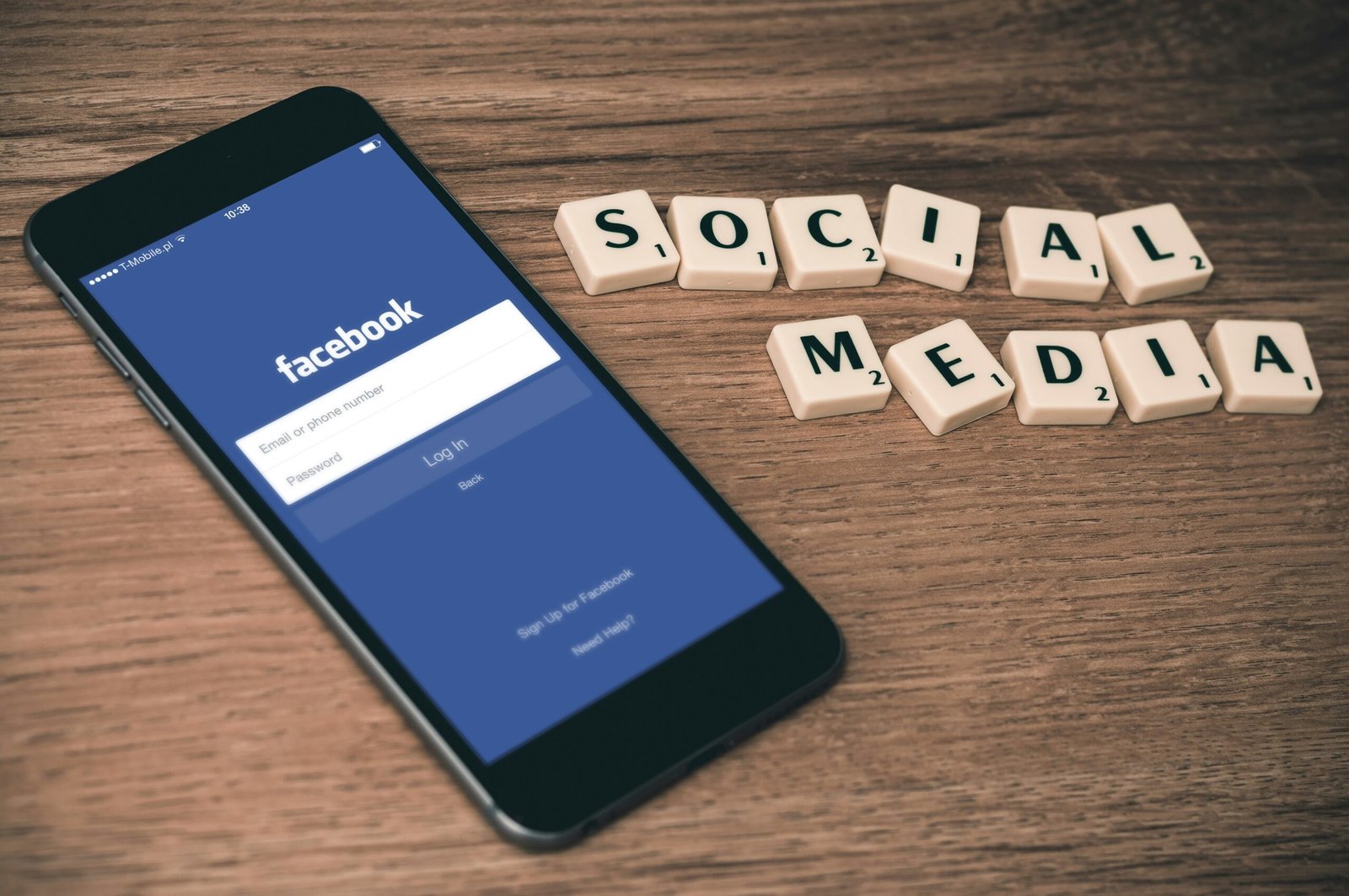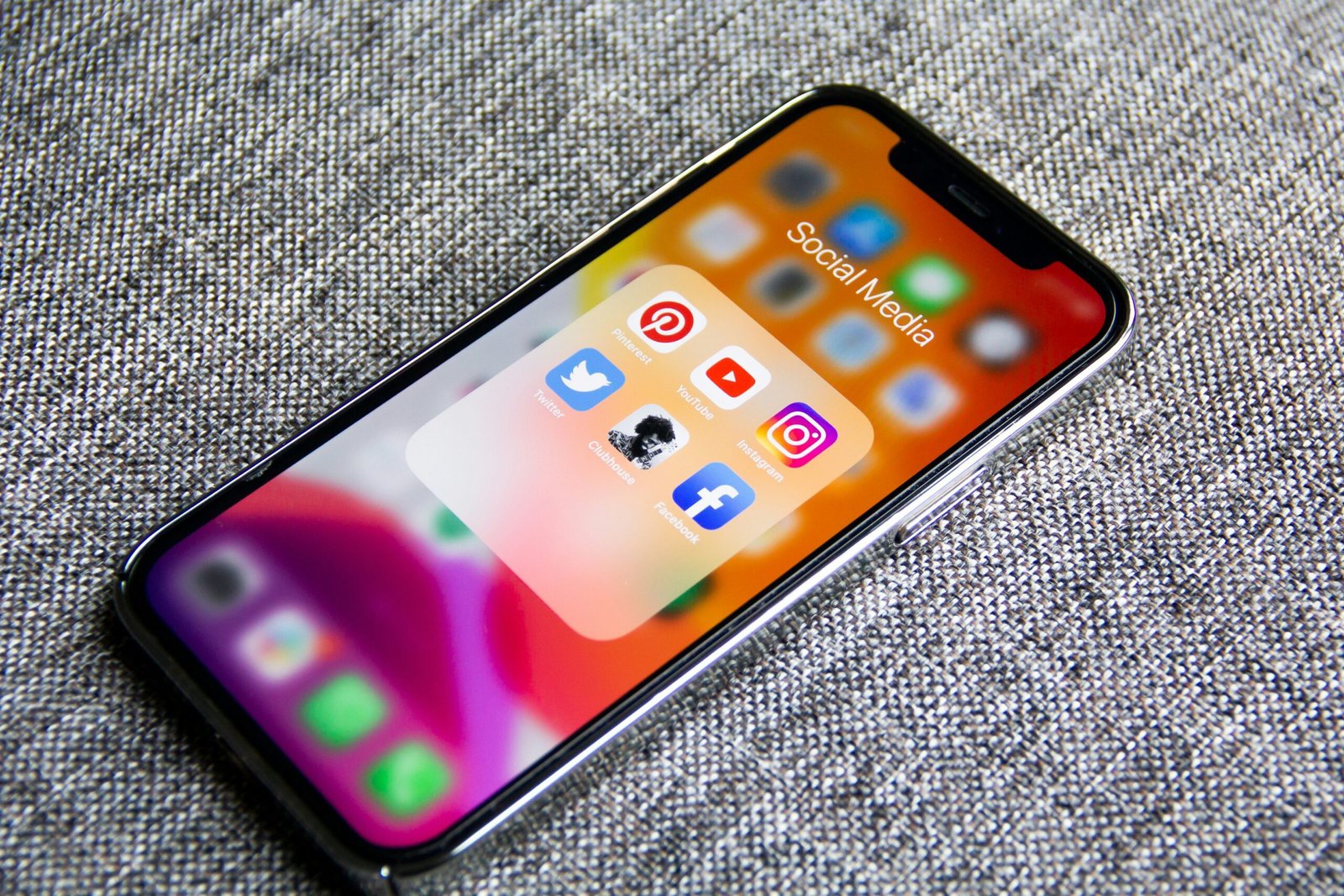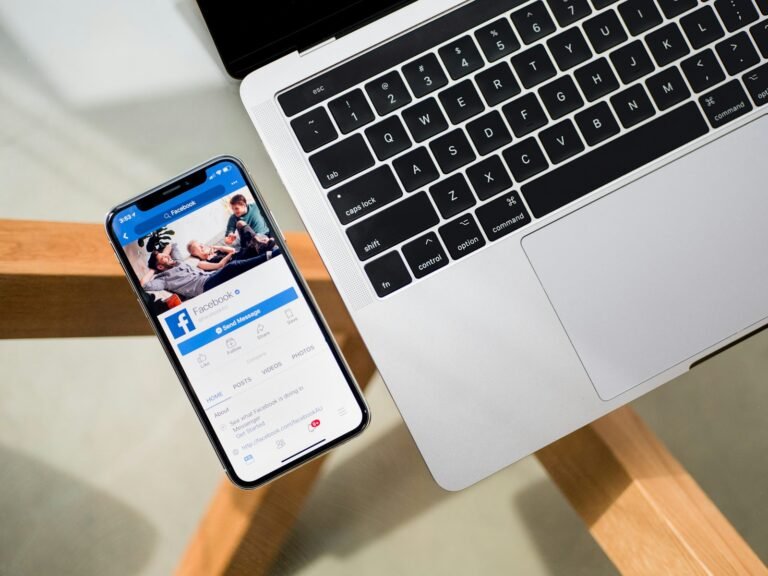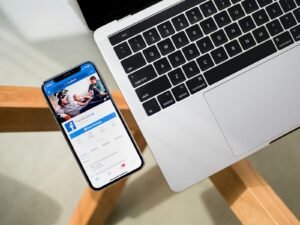Explore successful native advertising examples in the world of digital marketing. Learn how brands seamlessly integrate their message into valuable and entertaining content to engage with their target audience. Discover the power of native advertising in reaching and resonating with audiences.
Successful Native Advertising Examples: BuzzFeed, The New York Times, and Airbnb
Native advertising has become increasingly popular in the world of digital marketing. It is a form of paid media that seamlessly blends in with the content on a website or platform, making it less intrusive and more engaging for the audience. In this blog post, we will explore some successful native advertising examples that have captivated audiences and delivered impressive results.
One example of effective native advertising is the partnership between Airbnb and the New York Times. In an effort to promote its Experiences feature, Airbnb collaborated with the New York Times to create a series of articles highlighting unique travel experiences. These articles were written by New York Times journalists and included stunning visuals and personal anecdotes. By seamlessly integrating the Airbnb brand into the content, the articles provided valuable information to readers while subtly promoting Airbnb’s services.
Another notable native advertising campaign is the one executed by Buzzfeed and GE. In an attempt to raise awareness about renewable energy, GE partnered with Buzzfeed to create a series of sponsored articles and videos. These pieces of content were designed to entertain and educate Buzzfeed’s audience while subtly promoting GE’s eco-friendly initiatives. The articles and videos were highly shareable and received significant engagement, effectively spreading the message about renewable energy to a wide audience.
In addition to these examples, native advertising has also been successful in the world of social media. Instagram, for instance, has been a popular platform for native advertising. Influencers often collaborate with brands to create sponsored posts that seamlessly blend in with their regular content. These posts are often highly visual and feature the influencer using or endorsing the brand’s products. By leveraging the influencer’s credibility and authenticity, these native ads are able to reach a large and engaged audience.
Overall, native advertising has proven to be an effective strategy for brands looking to engage with their target audience in a non-disruptive way. By seamlessly integrating their message into valuable and entertaining content, brands can capture the attention of consumers and deliver their message in a more organic and engaging manner. As the digital landscape continues to evolve, it is likely that native advertising will continue to play a significant role in the marketing strategies of brands worldwide.
1. BuzzFeed and Tasty
BuzzFeed is known for its engaging and shareable content, and their partnership with Tasty is a perfect examples of native advertising done right. Tasty, a food and recipe brand, has gained immense popularity through its short cooking videos that have taken the internet by storm. These videos, characterized by their quick and easy recipes, have become a staple for food enthusiasts and home cooks alike.
Recognizing the potential of Tasty’s content, BuzzFeed seamlessly incorporates these videos into their own platform, creating a captivating experience for their audience. Whether it’s a listicle about “10 Easy Dinner Ideas” or a quiz about “What Type of Foodie Are You?”, BuzzFeed integrates Tasty’s videos in a way that feels natural and enhances the user experience. The videos not only provide valuable cooking tips and inspiration but also add a visual element that makes the content more engaging and shareable.
By leveraging the power of social media and viral content, BuzzFeed and Tasty have created a successful native advertising examples strategy. The videos are not only entertaining but also informative, offering step-by-step instructions that even novice cooks can follow. This collaboration has not only increased brand awareness for Tasty but has also generated a significant amount of engagement and shares on social media platforms.
Furthermore, the partnership between BuzzFeed and Tasty goes beyond just video integration. BuzzFeed often features Tasty’s recipes in their articles, providing additional exposure for the brand. This cross-promotion allows Tasty to reach a wider audience and establish itself as a trusted source for delicious and easy-to-make recipes.
In conclusion, the collaboration between BuzzFeed and Tasty exemplifies the power of native advertising when done right. By seamlessly integrating Tasty’s videos and recipes into their content, BuzzFeed has created a captivating experience for their audience while also benefiting Tasty through increased brand awareness and engagement. This partnership serves as a testament to the effectiveness of native advertising in reaching and resonating with target audiences.
2. The New York Times and Netflix
The partnership between The New York Times and Netflix was a strategic move for both companies. For Netflix, it was an opportunity to leverage the credibility and reach of The New York Times to promote their critically acclaimed series “Orange Is the New Black.” By collaborating with one of the most respected news organizations in the world, Netflix aimed to generate buzz and increase viewership for the show.
On the other hand, The New York Times saw this partnership as a way to diversify its revenue streams and explore the potential of native advertising. Native advertising, also known as sponsored content, is a form of advertising that seamlessly integrates with the publication’s editorial content. It allows brands to tell their stories in a way that is engaging and relevant to the audience.
The “Women Inmates” campaign was a prime example of how native advertising can be executed effectively. The New York Times and Netflix worked closely together to create a series of articles and videos that delved into the real-life stories of women in prison. The content was well-researched, thought-provoking, and aligned with The New York Times’ reputation for high-quality journalism.
By shedding light on the issues faced by women in prison, the campaign not only generated interest in “Orange Is the New Black” but also sparked important conversations about the criminal justice system and the experiences of incarcerated individuals. It showcased The New York Times’ ability to create compelling and impactful content that resonates with their audience.
The success of the “Women Inmates” campaign highlighted the potential of native advertising as a revenue stream for The New York Times. It demonstrated that the publication could collaborate with brands in a way that maintains the integrity of their journalism while also delivering value to advertisers. This partnership with Netflix was just one example of how The New York Times has embraced native advertising to diversify its offerings and adapt to the changing media landscape.
In conclusion, the collaboration between The New York Times and Netflix was a win-win situation for both parties. It allowed Netflix to tap into the credibility and reach of The New York Times to promote their show, while The New York Times was able to explore the potential of native advertising examples and showcase their ability to create compelling content. This partnership served as a testament to the evolving nature of the media industry and the importance of innovative approaches to advertising and revenue generation.
3. Instagram and Airbnb
Instagram is a visual platform that thrives on beautiful and captivating content. It has become a go-to platform for individuals and businesses alike to share their experiences, products, and services with a global audience. One such business that recognized the power of Instagram’s visual appeal is Airbnb, a popular online marketplace for vacation rentals.
Airbnb understood that in order to stand out in a crowded marketplace, they needed to find innovative ways to reach their target audience and showcase the unique properties available on their platform. They recognized that Instagram’s highly engaged user base and its ability to tell stories through visuals made it the perfect platform for their native advertising campaign.
In order to maximize the impact of their campaign, Airbnb decided to partner with popular Instagram influencers who had a strong following and a keen eye for visual aesthetics. These influencers were tasked with creating stunning photos and videos that showcased the beauty and uniqueness of various Airbnb properties around the world.
The influencers seamlessly integrated Airbnb into their content, sharing their travel experiences and inspiring their followers to consider booking through Airbnb for their next trip. They highlighted the personalized and authentic experiences that Airbnb offers, emphasizing the idea of “living like a local” and immersing oneself in the culture of a destination.
The campaign was a huge success, as it not only increased brand awareness for Airbnb but also encouraged user-generated content and engagement. Instagram users were inspired by the breathtaking visuals and the stories behind them, leading them to share their own travel experiences on the platform and tag Airbnb in their posts.
This user-generated content further amplified Airbnb’s reach and allowed them to tap into the power of social proof. When potential travelers saw their friends and peers sharing their positive experiences with Airbnb, it created a sense of trust and credibility, making them more likely to consider booking through the platform.
By leveraging the power of Instagram’s visual storytelling, Airbnb was able to create a native advertising campaign that not only resonated with their target audience but also inspired them to take action. The campaign showcased the unique properties available on Airbnb in a way that sparked wanderlust and a desire to explore new destinations.
Furthermore, by partnering with influencers, Airbnb was able to tap into their established audiences and reach a wider demographic. The influencers’ endorsement of the brand added credibility and authenticity to the campaign, making it more persuasive and impactful.
The success of Airbnb’s Instagram campaign serves as a testament to the power of visual storytelling and the effectiveness of native advertising examples when done right. It showcases how businesses can leverage social media platforms like Instagram to not only increase brand awareness but also inspire their target audience and drive them towards a desired action.














1 Comment